Rare map of the Holy Land, showing the Israelite's exodus from Egypt to Canaan, from John Lightfoot's rare Opera Omnia, first published by Leonard Strick in Rotterdam in 1686, with a second edition in 1699.
The map appeared in the English Edition of The Works of Lightfoot, which were first issued in an Englished edition by George Bright and John Strype in 1684.
John Lightfoot (1602-1675), was an English churchman, rabbinical schollar and Vice Chancellor of the University of Cambridge. Lightfoot was born in Stoke-on-Trent and educated at Morton Green and Christ's Church College, Cambridge. He first served as assistant master at Repton in Derbyshire and was thereafter appointed curate of Norton-under-Hales in Shropshire, where he attracted the notice of Sir Rowland Cotton, an amateur Hebraist, who made him his domestic chaplain at Bellaport. After Sir Rowland relocated to London, Lightfoot accepted a charge at Stone in Staffordshire. From Stone he removed to Hornsey, near London, which allowed him to read in the library of Sion College. From 1630 to 1642, he served in the rectory of Ashley in Staffordshire. He then went to London, to supervise the publication of his work, A Few and New Observations upon the Book of Genesis: the most of them certain; the rest, probable; all, harmless, strange and rarely heard of before. Soon after his arrival in London he became minister of St Bartholomew's Church, near the Exchange.
Lightfoot was one of the original members of the Westminster Assembly; his Journal of the Proceedings of the Assembly of Divines from January 1, 1643 to December 31, 1644 is a valuable historical source for the brief period to which it relates. He was assiduous in his attendance, and, though frequently standing alone, especially in the Erastian controversy, he exercised considerable influence on the outcome of the discussions of the Assembly. He was made Master of Catharine Hall (renamed St Catharine's College) by the parliamentary visitors of Cambridge in 1643, and also, on the recommendation of the Assembly, was promoted to the rectory of Much Munden in Hertfordshire; he kept both appointments until his death.
In 1654 Lightfoot had been chosen vice-chancellor of the University of Cambridge, but continued to live at Munden, in the rectory of which, as well as in the mastership of Catharine Hall, he was confirmed at the Restoration. While travelling from Cambridge to Ely, where he had been collated in 1668 by Sir Orlando Bridgeman to a prebendal stall, he caught a severe cold, and died at Ely. Lightfoot bequeathed his library of Old Testament books and documents to Harvard University. It was destroyed in the great fire of 1764.









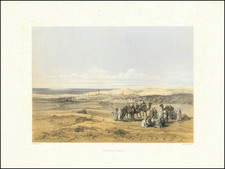
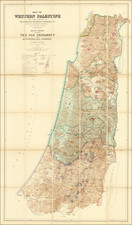
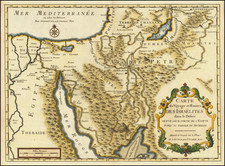
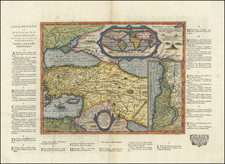
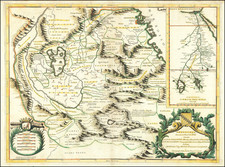
![Secunda Africa Tabula [North Africa, Malta, Sicily, and Sardinia]](https://storage.googleapis.com/raremaps/img/small/72485.jpg)